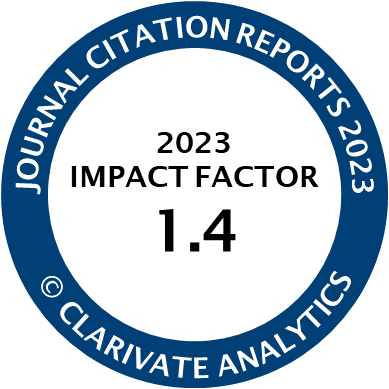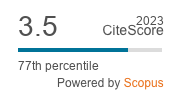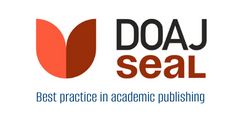Article | Open Access
Refugee Women’s Transition to VET in Germany: Examining the Role of Gender Norms and Human Capital Endowments
| Views: | 813 | | | Downloads: | 723 |
Abstract: The article examines the extent to which gender roles as well as the human capital resources acquired in the country of origin are associated with refugee women’s chances of taking up vocational education and training (VET) in Germany. It follows the assumption that traditional gender roles, which assign women to the domestic sphere, can affect refugee women’s behavior either directly or through social contacts who impose these roles upon them. Additionally, it argues that the human capital that refugee women acquired in their country of origin can affect the trainers’ decision to hire them as trainees. The focus of the investigation is women between the ages of 18 and 30 who applied for asylum in Germany between 2015 and 2019 and mainly originate from Syria, Afghanistan, Iraq, and Iran (N = 945). By applying a piecewise constant exponential model to monthly data from the IAB‐BAMF‐SOEP Survey of Refugees, the analysis shows that neither the women’s endowment with human capital acquired in their country of origin (i.e., level of education and work experience) nor their own gender role attitudes, having children, or the frequency of contact with persons from the same country of origin are significantly associated with their chances of transitioning to VET. Having a partner is, however, associated with almost 60% lower chances of refugee women entering VET.
Keywords: gender roles; human capital; Middle Eastern women; migration; refugees; vocational education and training; women
Published:
Issue:
Vol 13 (2025): The Role of Contexts in the Educational and Employment Transitions and Pathways of Young People (In Progress)
Supplementary Files:
© Franziska Meyer. This is an open access article distributed under the terms of the Creative Commons Attribution 4.0 license (http://creativecommons.org/licenses/by/4.0), which permits any use, distribution, and reproduction of the work without further permission provided the original author(s) and source are credited.




